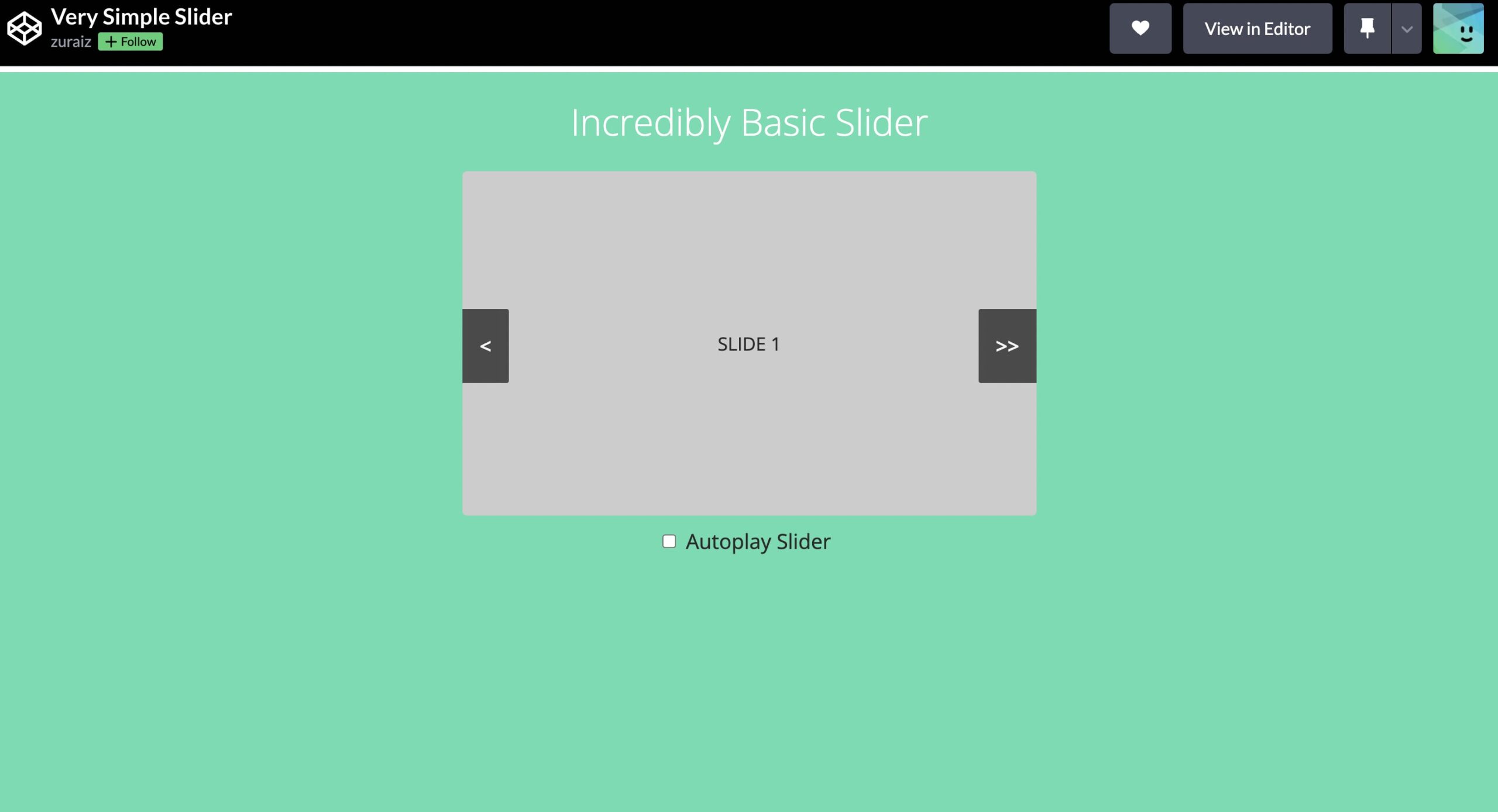Object-oriented programming is simply a programming exemplary that revolves astir an entity oregon entity. Object-oriented programming has been an tremendous occurrence for some developers and programmers. Creating a much seamless process and strategy for their employees and clients has benefited multi-billion dollar corporations. However, a important magnitude of clip indispensable beryllium devoted to learning programming languages and coding techniques to execute specified a result.
In assemblage oregon university, a novice programmer typically has a ton of assignments to implicit successful summation to plentifulness of homework. Thankfully, determination are online services similar https://wowassignment.com/do-my-programming-homework/ wherever you tin prosecute professionals to assistance you with your programming homework and entrust your projects to qualified, experienced programmers.
Object-oriented programming is based connected 5 cardinal concepts, namely:
- Class
- Object
- Encapsulation
- Inheritance
- Polymorphism
We volition archer you astir each of these concepts separately.
1. Concept of Class
The archetypal cardinal conception of object-oriented bundle is Class. A people is an abstract operation that describes real-world objects from 2 angles: its properties (characteristics) and methods (the actions it tin execute oregon its behavior).
For example: successful object-oriented programming, employees tin beryllium represented successful the signifier of a class; successful this case, the people Employees represents each the employees who tin person arsenic properties a surname, a archetypal name, an address, and a day of birth; the operations that tin beryllium performed connected employees tin beryllium changing their salary, taking leave, retiring, etc.
The Class is yet a mold, a template, and each people instances are called objects, which are constructed from the Class by an instantiation process. Therefore, each entity is an lawsuit of a class.
The instantiation of a people uses 3 peculiar methods which are precise important to understand.
Constructor
There are 3 types of constructors:
- the default constructor called by default erstwhile an entity is created (offered by default during compilation if determination is nary declared constructor),
- the transcript constructor (or transcript constructor) has a azygous statement of the aforesaid benignant arsenic the entity to beryllium created (generally successful the signifier of a changeless reference), and it copies the attributes from the entity passed successful the statement to the entity to beryllium created.
- the parametric constructor is called if the signature matches that of the constructor.
Accessors (get) and Mutators (set)
These unsocial methods let you to telephone the properties and modify the properties of a people from the outside, similar an API. The extracurricular tin “call” the Class’s functionalities acknowledgment to them.
Accessors let you to retrieve the worth of the properties of a people lawsuit from the extracurricular without accessing them directly. In doing so, they unafraid the property by restricting its modification. The mutators let you to modify the worth of the properties portion checking that the worth you privation to springiness to the diagnostic respects the semantic constraints imposed connected the Class.
Destructor
This method ends the beingness of a people instance. It tin beryllium called erstwhile the entity is deleted, explicitly oregon implicitly.
2. Concept of Object
The 2nd astir important conception successful entity programming is the object. As we said earlier, an entity is an lawsuit of a class. The entity is simply a spot similar a location built based connected a peculiar plan. As agelong arsenic architects notation to this plan, they volition ever nutrient identical dwellings.
Technically, an entity is characterized by 3 things:
- an identity: the individuality indispensable unambiguously place the entity (address/reference oregon name);
- states: each entity has a default worth (when indicated astatine instantiation) for its properties. These values are called the states of the object;
- methods: each entity tin execute the actions oregon behaviour defined successful the Class. These actions are translated successful OOP concretely successful the signifier of methods. The imaginable actions connected an entity are triggered by calls of these methods oregon messages sent by different objects.
3. Concept of Encapsulation
The 3rd conception of object-oriented programming is encapsulation.
Its methods tin lone entree the properties of objects. Thus, the Class encapsulates the attributes and the methods that let manipulating the objects independently of their states.
The encapsulation restricts nonstop entree to the states and prevents entity modification extracurricular its methods. For example, if you person a Car people and privation to acceptable the worth of its colour spot to blue, you request to spell done a method specified arsenic a “define the color” implemented by the Class developer. This method tin restrict the antithetic colour values.
Encapsulation is simply a mechanics that prevents modification oregon entree to objects by immoderate means different than the projected methods. It guarantees the integrity of the objects.
4. Concept of Inheritance
Inheritance is the 4th cardinal conception successful entity programming. It is simply a conception successful OOP that refers to the information that a people tin inherit characteristics (attributes and methods) from different class.
Objects of classes tin inherit properties from a genitor class. For example, we tin specify an Employee people and a Manager class, a specialized people of Employee, which inherits its properties.
Inheritance has 2 main advantages successful OOP:
- specialization: a caller people reuses the attributes and methods of a people by adding operations circumstantial to the caller Class;
- reuse: you don’t request to recreate the aforesaid Class each clip for each specialized Class.
5. Concept of Polymorphism
The past indispensable conception of object-oriented programming is polymorphism. An object-oriented connection is polymorphic if it tin comprehend an entity arsenic an lawsuit of antithetic classes depending connected the situation. Java, for example, is simply a polymorphic language.
Conclusion
Developers should person a coagulated knowing of object-oriented programming, arsenic it is the instauration of galore high-level programming languages. You tin place the underlying causes of bottlenecks and destruct them by penning much originative codification by utilizing the cardinal OOP concepts to comprehend however elemental programs operate. Developing your skills tin beryllium aided by coding suites, learning caller languages, and knowing OOP concepts.

 1 year ago
1 year ago




![6 Best Free Website Builders to Check Out in 2023 [+Pros & Cons] 6 Best Free Website Builders to Check Out in 2023 [+Pros & Cons]](https://blog.hubspot.com/hubfs/Untitled%20design%20%281%29-Aug-09-2022-11-21-45-68-PM.png#keepProtocol)




 English (US) ·
English (US) ·  Indonesian (ID) ·
Indonesian (ID) ·